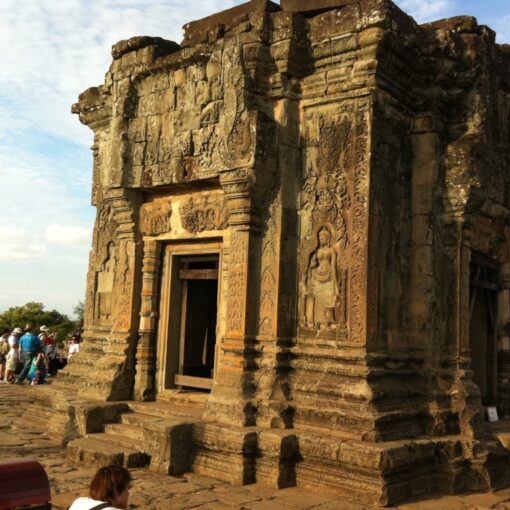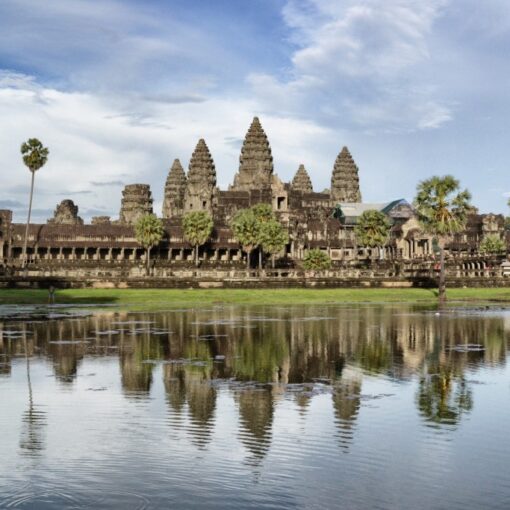
Bakong Temple – The temples of Rolous of Angkor Area
Bakong, also known as Indresvara, is one of the most beautiful temples in Siem Reap and is the first temple mountain of sandstone built by rulers of the Khmer Empire at Angkor near modern Sime Reap in Cambodia.





